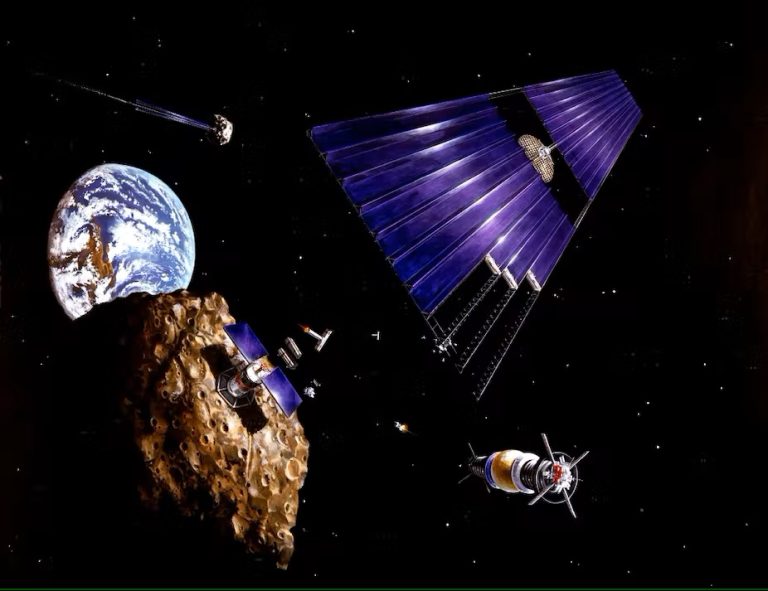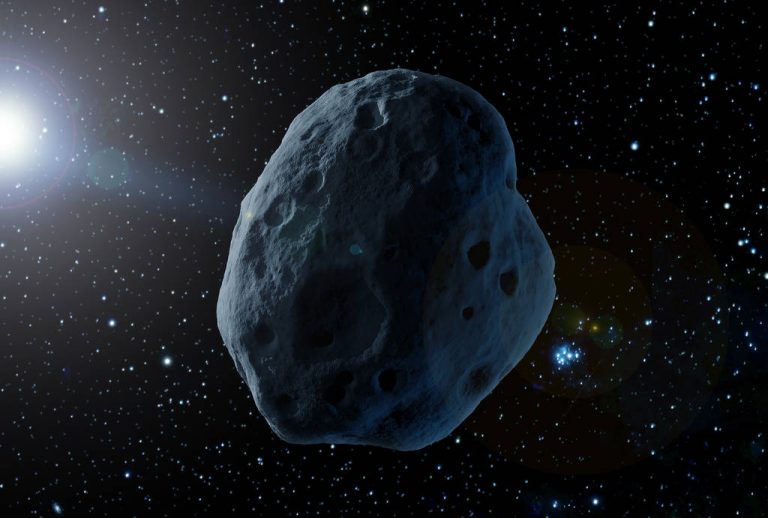Asteroid Mining: Are Asteroids Worth Billions? The Potential Value of Space Resources
Asteroid mining is not just a futuristic concept but a potential goldmine for various industries. While popular media often touts the idea of mining asteroids worth trillions of dollars, the actual value of these space resources depends on the type of metals they contain. The most valuable are platinum-group metals (PGMs), which are used in high-tech applications like catalytic converters.
However, other metals like iron, aluminum, and magnesium, though abundant, are primarily useful for in-space construction and are not economically viable to return to Earth due to their relatively low market value. Advances in technology and mission planning, such as those by companies like AstroForge, could make asteroid mining a reality, but the challenges involved in extracting and processing these resources in space are substantial.
Summary
- Asteroids contain various valuable metals, including platinum-group metals (PGMs) and common metals like iron, aluminum, and magnesium.
- PGMs are among the most valuable resources on asteroids, with high concentrations compared to Earth’s ores.
- Other metals, though useful in space for construction, are less valuable and challenging to return to Earth.
- Advances in asteroid mining technology could make the extraction of metals from asteroids more feasible.
- Asteroids like Psyche, which were once thought to be made of pure metal, may contain more metal than originally thought but still face extraction challenges.
- The economics of asteroid mining are complicated by the cost of space missions, the processing of metals, and the energy required for extraction.
- The potential economic value of asteroid mining is immense but will depend on solving key technological challenges.
Introduction to Asteroid Mining
The idea that we could harvest valuable resources from space and bring them back to Earth is fascinating, especially when considering the immense wealth some asteroids could represent. However, much of the discussion around asteroid mining is based on overly optimistic assumptions about the value of the metals and resources that these space rocks contain.
What Makes Asteroids So Valuable?
The value of an asteroid depends on its composition. While all asteroids contain some metal, the type and concentration of metal vary significantly. Some asteroids are rich in platinum-group metals (PGMs), which are highly valuable on Earth due to their rarity and use in high-tech applications. Other asteroids may contain more common metals like iron, nickel, aluminum, and magnesium, which are useful for constructing space infrastructure but have a much lower value on Earth.
Platinum-Group Metals (PGMs)
PGMs are a group of six metals that are critical in a variety of high-tech applications, from catalytic converters in cars to electronics and medical devices. These metals include platinum, palladium, rhodium, ruthenium, iridium, and osmium. On Earth, PGMs are rare and expensive due to their low supply and high demand. The price of rhodium, for example, can exceed $500,000 per kilogram, making it one of the most valuable metals on Earth.
Asteroids, particularly those in the asteroid belt, are believed to contain significant quantities of PGMs. According to recent studies, the concentrations of PGMs in certain types of asteroids can be much higher than in Earth’s ores. This makes them a prime target for mining, as extracting PGMs from asteroids could help meet the growing demand for these metals in industries such as automotive manufacturing, electronics, and renewable energy.
Metals for In-Space Construction
In addition to PGMs, asteroids also contain other metals that could be useful for construction in space. These include iron, aluminum, and magnesium, which are commonly used in building structures like space stations, solar power arrays, and spacecraft. However, these metals are relatively abundant on Earth, meaning they are not as valuable for extraction and return to Earth.
The real value of these metals lies in their potential for use in space. As humanity ventures further into space and begins to establish permanent structures in orbit or on other planets, having a local source of materials becomes essential. Transporting large quantities of materials from Earth is prohibitively expensive, so extracting metals directly from asteroids could be a cost-effective solution.
Challenges in Asteroid Mining
While the potential value of asteroid mining is enormous, there are significant challenges to overcome. The biggest hurdles include the high cost of space missions, the technological difficulties of extracting and processing materials in space, and the lack of a clear economic model for asteroid mining.
Currently, sending a mission to an asteroid is extremely expensive. Even with advancements in rocket technology and space exploration, the cost of launching and operating a spacecraft capable of mining an asteroid is in the billions of dollars. Until space missions become cheaper and more efficient, asteroid mining is unlikely to be financially viable.
Once an asteroid has been reached, the next challenge is extracting the valuable metals. Many asteroids are not composed of pure metals but are instead made of a mixture of rock and metal. To extract the metals, complex processing techniques will be required. For example, metals may need to be separated from the surrounding rock through high-energy procedures like electrolysis. This process would require significant energy, which brings us to another problem: how to generate enough power to carry out these tasks in space.
Mining asteroids will require a significant amount of energy, both for extracting the metals and for processing them. Solar power could be one potential solution, but there are limitations to how much energy can be collected from the Sun, especially in deep space. Nuclear power is another option, but it comes with its own set of challenges and risks.
Asteroids with High Potential: Psyche and Others
One of the most talked-about targets for asteroid mining is Psyche, a massive asteroid located in the asteroid belt between Mars and Jupiter. Psyche is believed to be made largely of metal, including iron, nickel, and other valuable metals, making it a prime candidate for mining.
However, recent studies have shown that Psyche may not be made entirely of pure metal as once thought. Instead, it could be a mix of metal and rock, which would make extraction more difficult. Nonetheless, Psyche remains a key target for future missions, as it is still believed to contain significant quantities of valuable metals.
Beyond Psyche, there are many other asteroids that could hold valuable resources. Some asteroids are rich in PGMs, while others may have high concentrations of metals useful for in-space construction. The challenge for asteroid miners will be identifying which asteroids are worth pursuing and developing the necessary technology to extract their resources.
The Future of Asteroid Mining
Asteroid mining is still in its infancy, but the potential is enormous. Several companies, including AstroForge, are working on developing the technology to mine asteroids for valuable resources. These companies are focused on making asteroid mining a reality by testing new mining techniques, developing spacecraft capable of reaching and landing on asteroids, and creating processes for extracting and processing metals in space.
In the coming decades, asteroid mining could become a critical part of humanity’s efforts to explore and utilize space. By tapping into the wealth of resources available in asteroids, we could build the infrastructure necessary for long-term space exploration, from space stations to lunar bases and even colonies on Mars.
Facts About Asteroids
- The largest asteroid in the asteroid belt, Ceres, is also classified as a dwarf planet.
- The asteroid belt contains millions of asteroids, but only a few thousand are large enough to be of interest for mining.
- The famous asteroid impact that is believed to have caused the extinction of the dinosaurs occurred around 66 million years ago.
- Some asteroids are composed primarily of water ice, which could be useful for future space missions.
- Asteroids can be much more valuable than their weight suggests because the metals they contain are rare and highly sought after on Earth.
References
- Universe Today – What Are Asteroids Made Of?
- UT – Asteroids: 10 Interesting Facts About These Space Rocks
- NASA – OSIRIS-REx Mission
- Isaac Arthur YouTube Channel – Asteroid Mining Prospects


